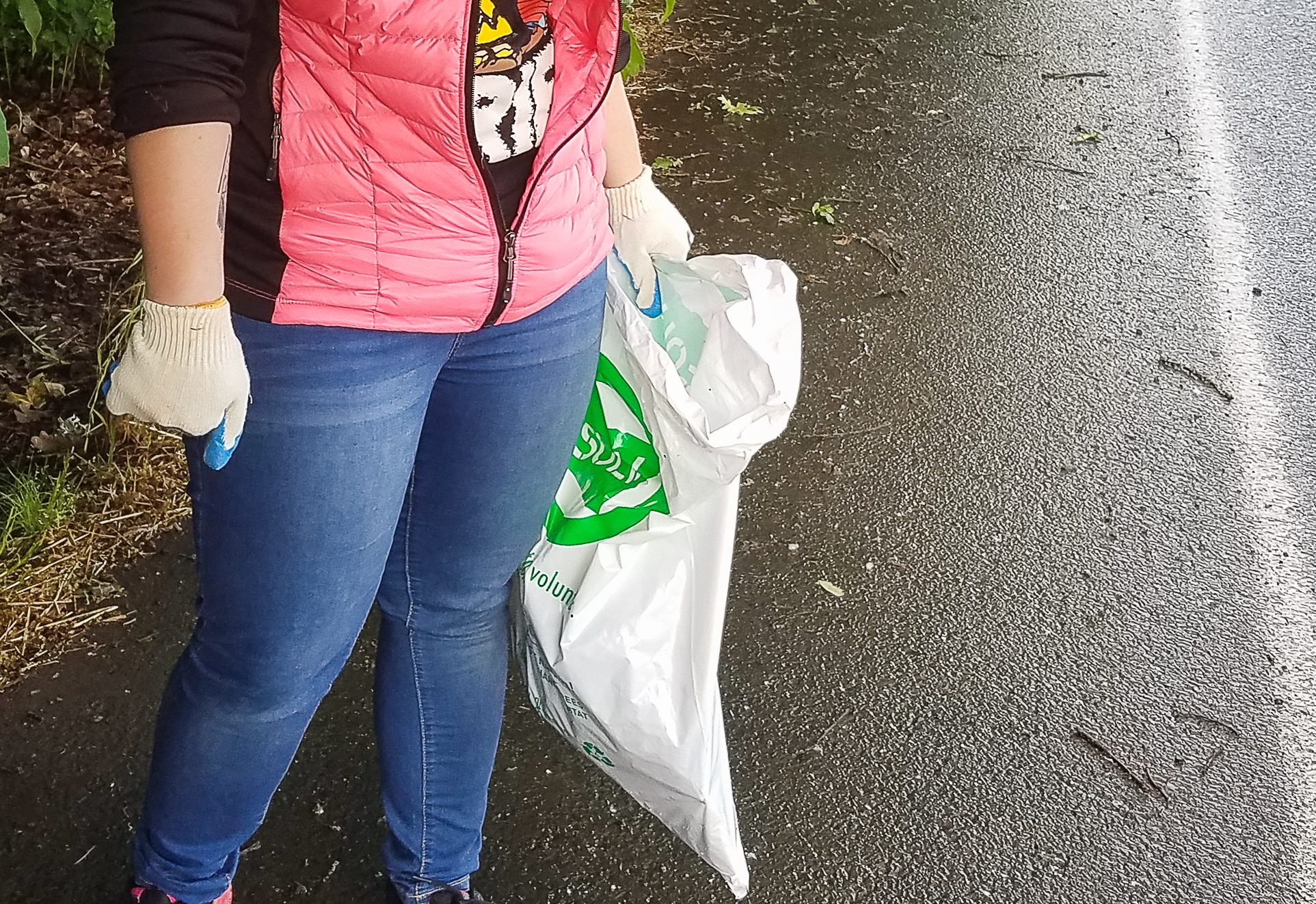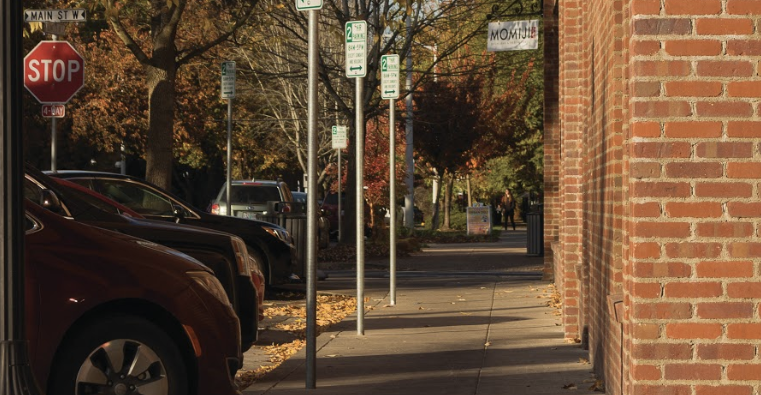Cora McClain | Copy Editor Now that summer has rolled around and class is out, a good bit of relaxation is in order. However, if the extra time might be a bit too boring, then give volunteering a try. From the local library to the community garden, there’s bound to be...
Lifestyle
Four variations on classic s’mores
Rebecca Meyers | Lifestyle Editor Summer isn’t truly complete without a few s’mores. This classic treat is easy to make, delicious, and is often associated with great memories made around campfires. However, sometimes even old favorites can use a new and interesting...
Showcase: Graduation caps
Rebecca Meyers | Lifestyle Editor Michelle Soutar, BS in Communications: “The names on my cap represent people that have always supported me and held me up during my last few terms. Like most things in college I hadn’t intended to put flowers but a mistake...
Become the greatest gift-giver
Rebecca Meyers | Lifestyle Editor There are many great things to look forward to after graduation: the celebrations, the feeling of accomplishment, the relief of being done with school and of course, the gifts. They often come from well-meaning friends and family, but...
Alumni: Life after graduation
Rebecca Meyers | Lifestyle Editor Javan Mngrezzo, Class of 2017: Tell us about your background. Where are you from? What did you study at Western? I was born in California. We moved around a lot, so I wouldn’t say I’m from a specific spot, just overall California....
How to make gluten-free vegan protein smoothie popsicles
Morgan Taylor | Freelancer This simple sweet treat is sure to be the perfect snack for after a workout, or just to cool down. All you need is a blender, some popsicle molds, which can be purchased at your local grocery store or Amazon, and freezer to whip up these...
The value of clothing, the pros of thrifting
Karlene Curtin | Staff Writer Oregon is home to some of the finest thrift stores in the U.S. and has some of the best clothing finds that are far cheaper than corporate clothing stores. By thrift shopping, one is encouraging recycling thus creating a cleaner...
Tattoos found on campus
Rebecca Meyers | Lifestyle Editor Natalie Dean: I chose this tattoo because my cat, Penny, is nearly 14 years old and I know I won’t have her forever, so having a piece of her means a lot. I got rosemary sprigs for my grandmother, Rosemary, as well as my May birth...
Transitioning to Monmouth from a big city
Suzana Carroll | Freelancer The move from a big city to Monmouth is definitely a culture shock — there is not a Starbucks on every corner, no mall a short drive away, and there definitely is not as large of a variety of food. So, coming from a big city can be very...
Why pets are great companions
Karlene Curtin | Staff Writer When I first met Clover, a short hair tabby cat, it was love at first meow. Taking him home for the first time was exciting and also nerve-wracking. Adopting a cat is a lot of work, much more than what people often anticipate. There’s...











